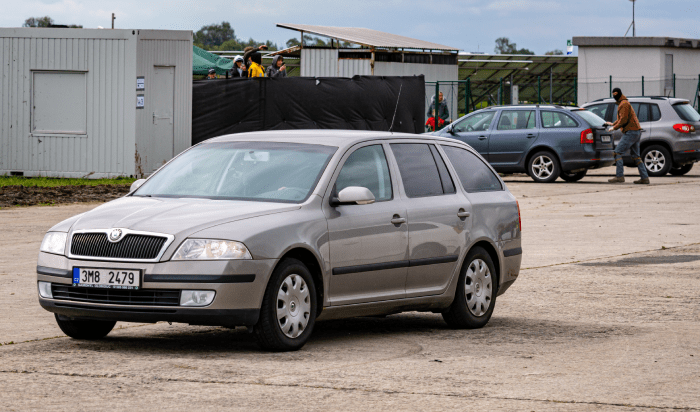There are many things that people do that are dangerous on the roads. One of the most common issues is weaving. Weaving happens when a driver quickly moves back and forth between lanes. They may cut off other drivers or try to squeeze into spaces that aren’t really spaced out enough for them to merge.
Weaving is among the most dangerous driving tactics that exists, because it relies on the driver to maintain their speed and merge safely while monitoring traffic in front of and behind them. If the driver in front has to slow down or stop, the merging driver could be involved in a rear-end collision. If there isn’t enough space for the merge or the rear driver speeds up to prevent it, then a side-swipe crash could happen.
Why do people choose to weave in traffic?
People often weave in traffic because they believe it will save time. This concept of saving time by quickly moving around slower-moving traffic has been proven to be accurate, but it’s not significant enough to put people at risk. In one test, it was determined that the driver who was weaving in and out of 46 mph traffic during rush hour arrives just two minutes earlier than another vehicle that stayed in the same lane the whole trip.
In another test, it was showing that drivers might arrive anywhere from 4% to 25% faster, but that was at the risk of causing crashes and putting their own lives in danger.
What’s the biggest concern with weaving?
The major concern is how much space is left between vehicles when one weaves behind another. For example, if Car A and B are traveling three vehicle distances apart and car C squeezes into that space, both drivers B and C will have less time to respond if the first vehicle has to stop suddenly. Rear-end crashes are common among those who weave because of this type of problematic driving technique.
Another issue is the possibility of having to tailgate to change lanes quickly, which results in a similar scenario where the rear driver does not have enough time to stop if the front vehicle does suddenly.
Avoiding this kind of crash isn’t easy, but you can help by allowing people to merge when they want to and by cutting down on the number of times you switch lanes while driving.




